The duration of cat sleep can not leave anyone indifferent. In some people, the ability of an animal to sleep day and night is surprising, in others it is perplexing, in others it is sincere envy. Some inexperienced owners are even worried that their pet can spend a significant part of the day in a serene dream. This fact should not be alarming.
Why do cats sleep so much?
The ability of cats and cats to spend a significant part of the day in a dream is laid in them by nature itself. In the natural habitat, representatives of the cat family spend a very small amount of time hunting, but they need a tremendous amount of energy to do this. Sleep also allows animals to restore wasted resources, providing them with the energy required for the next search for food.
Despite the fact that domestic cats and cats do not need independent food production, natural instincts affect their daily routine. Having spent part of the energy on active games or eating, cats restore strength through sleep. It is noteworthy that the duration and frequency of sleep in representatives of the cat family depends on a number of specific factors.
The sleep and rest regimen of a pet largely depends on its age. As the animal grows up, the duration of sleep required to restore strength and energy reserve also varies.
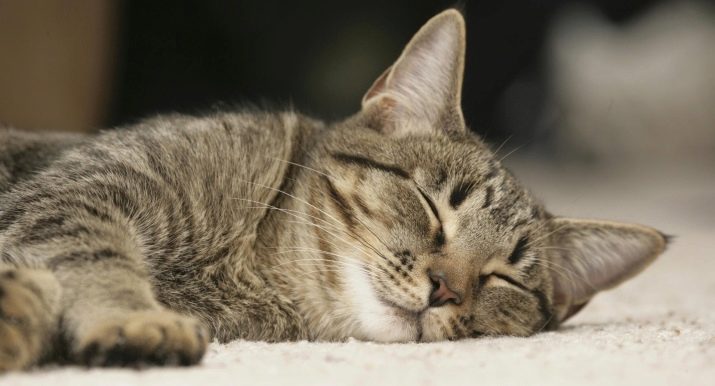
So, the smallest activity during the day is shown by small kittens and individuals of advanced age.Kittens and older cats spend most of their time awake while eating, caring for themselves, and playing games. In turn, cats and cats of young reproductive age prefer to play and actively explore the world during wakefulness. Another factor affecting the duration and frequency of cat sleep is the state of the animal’s nervous system. This factor can depend on both the breed and the individual characteristics of the pet. So, professional breeders argue that the most active cat breeds include:
- Abyssinian;
- Siamese
- Turkish van
- oriental;
- Bengali
- Egyptian.

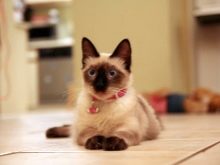
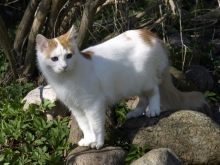
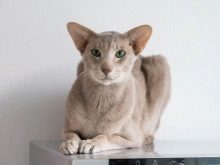

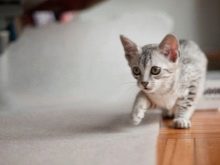
It is believed that animals of these breeds are characterized by increased activity during the day. They are distinguished by a special curiosity, mobility and playfulness, which is why sleep is more preferred by movement and games.
Pretty much affects cat sleep and the current state of the nervous system. If the animal was stressed or spent too much time in active games during the day, then it will be difficult to fall asleep. Regarding the susceptibility and tolerance of disturbing circumstances affecting the nervous system, cats are really very similar to humans. Environmental features and living conditions are another significant factor that can affect cat sleep.
It is known that an animal that finds itself in unfamiliar conditions (for example, in an apartment after a shelter or in a country house after a city apartment) will experience anxiety and anxiety until it finds a place that is secluded for itself.
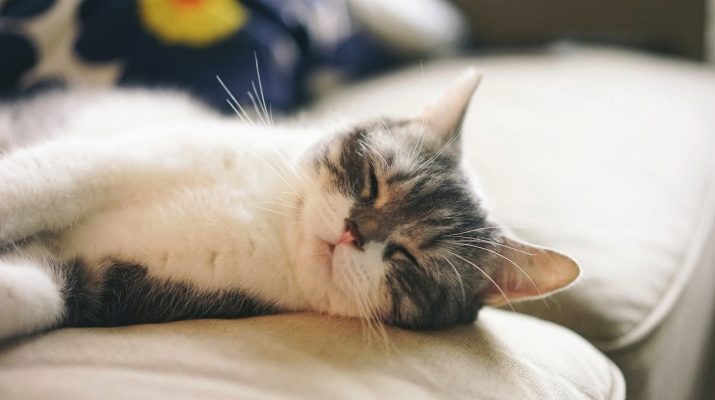
Adult animals
The duration of a cat’s sleep in adulthood is a rather arbitrary amount, depending on the individual characteristics of the animal, its state of health and the conditions of its maintenance. Observations show that the average sleep duration of an adult healthy pet can vary from 12 to 20 hours.
If a cat or cat sleeps longer than 20 hours a day, but at the same time eat normally, show curiosity and interest in the surrounding world, then this should not cause excitement among the owners.
A more alarming symptom is sleep loss in adult animals, accompanied by restless behavior, mournful meowing, weight loss, vomiting, and problems with stools. Researchers estimate that in an average healthy cat living about 15 years, a little less than 9 years goes to sleep in a lifetime. Consequently, the active part of life accounts for a little more than 6 years.

Kittens
Due to physiological characteristics, kittens need a long sleep, which can take up to 22 hours a day. During wakefulness, babies usually communicate with their mother, play, learn the world or eat food (breast milk). The older the kitten becomes, the less time it takes for him to sleep.
So, a newborn baby is able to sleep about 23 hours a day, a monthly kitten - up to 21-22 hours.
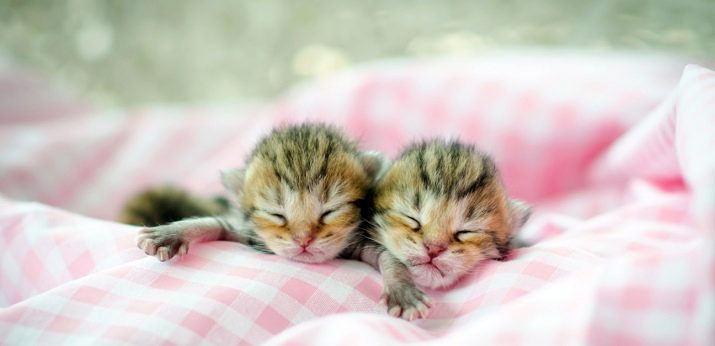
By two months of age, this figure is reduced to about 20 hours a day. Usually at this stage of life, kittens are weaned from the cat and transferred to new owners. The daily regimen of a two-month-old kitten usually includes 5-6 meals, after each of which the baby falls asleep for 2-3 hours. Arousal of the baby after feeding, most often, occurs with the next occurrence of hunger or urge to the toilet.
Experienced cat breeders claim that kittens spend about 3-4 hours a day on vigorous activity. Part of this time, the breeder may well devote to games with the kids, encouraging their curiosity, activity and interest in the outside world. By about 4-5 months, kittens begin to gradually switch to the daily routine of adult animals. By this stage of life, their sleep duration can vary from 16 to 18 hours a day. By 9–10 months, young animals almost completely enter the adult mode.
As the kitten grows up, you need to carefully monitor it. If the baby spends a significant part of the day in a dream, you should not worry about his health. However, if the kitten is nervous, sleeps little and restlessly, meows plaintively or is constantly in search of a secluded place, you should show it to a veterinarian.
Often, disturbances and poor sleep in kittens can be symptoms of serious illnesses and neurological disorders.
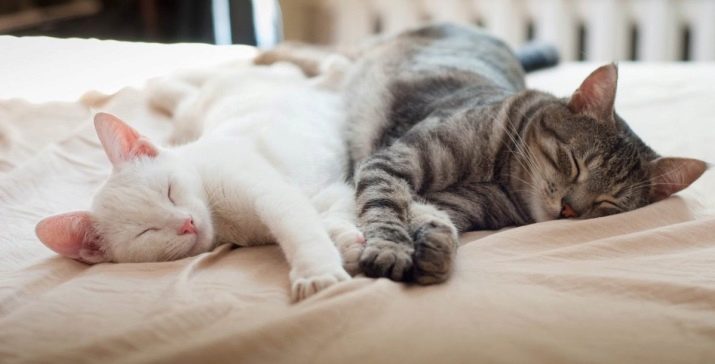
At different times of the year
It is curious that the time of year and weather conditions can also affect the duration and frequency of sleep of domestic cats and cats. It is noted that in winter, as well as in cold, rainy and inclement weather, animals sleep harder, more often and longer. Of course, cats do not fall into hibernation. The increase in the duration of sleep in the cold season is usually associated with a slowdown in metabolism.
After autumn molting, a thick and dense undercoat begins to grow in most animals, and the metabolism slows down. In anticipation of cold weather, the feline organism gradually begins to build up fat.
All these processes are caused by nature itself, because in winter a living organism needs more energy for self-heating. However, in the cold season, most predators in their natural habitat have problems with obtaining food.
Here, the resources of your own body come to the rescue, which releases energy from fat reserves and at the same time reduces its expenditure in order to save, as if switching to the "energy-saving mode". For these reasons, in the cold season, domestic cats and cats not only gain weight, but are also reluctant to spend energy. Any activity in the winter, they prefer a full and prolonged sleep.
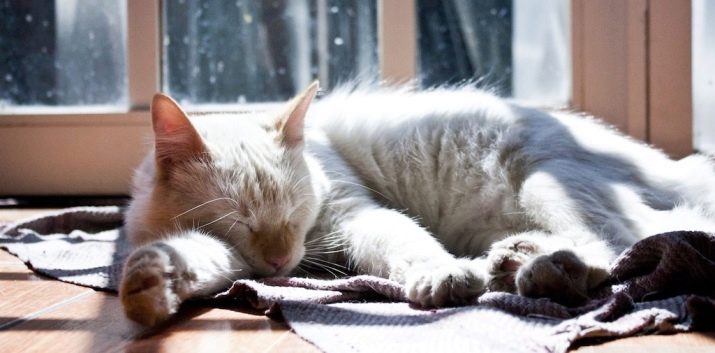
Interesting Facts
It may sound funny, but cats and cats can dream. Felinologists (specialists studying the physiology, behavior, and characteristics of domestic cats) argue that dreams in these animals can be quite plot-like. This, in particular, is indicated by the behavior of pets in a dream. Based on the characteristics of the dream, sleeping animals can touch, move their ears, frown, and even make sounds.
Some cats sleep with their eyes open, which often scares their owners. In some cases, this may be due to the peculiarity of the posture in which the animal fell asleep. Sometimes in a dream, cats adopt a body position in which the eyelid or eyelids are pulled under the weight of the animal. Often this happens with very deep and sound sleep.
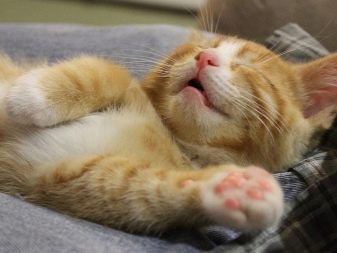
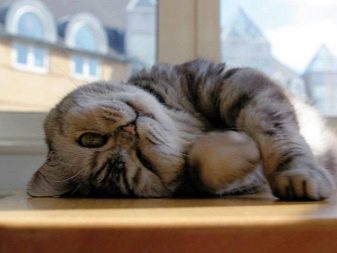
If a cat sleeps with open eyes occasionally, then this should not cause anxiety. However, in the case when such a phenomenon is noted regularly, the animal must be shown to a veterinarian. In some cases, sleep with open eyes may indicate the development of problems such as glaucoma, increased intracranial pressure, and facial paralysis. Many cats prefer to sleep on their backs, which cannot be called the most comfortable and physiological pose for them.
This position of the body during sleep indicates that the animal fully trusts the people around him and feels completely safe next to them.
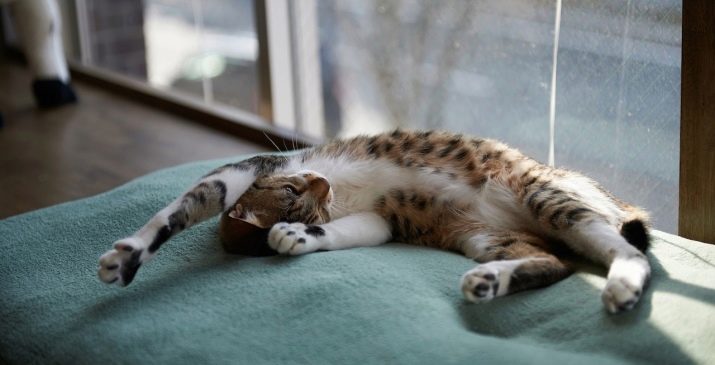
The duration and frequency of cat sleep are very individual parameters, depending on the unique characteristics of the animal. If the pet leads a measured lifestyle, preferring to sleep for a significant part of the time, curled up in a corner, do not worry about his health. Moreover, you should not wake a cat, considering that she sleeps too much during the day. Such actions can disrupt the natural biological clock, to which the animal’s body is used.
You can learn more about cat sleep patterns from the following video.


































